Animal roar: Bernie Krause's carnal orchestra at Fondation Cartier, Paris
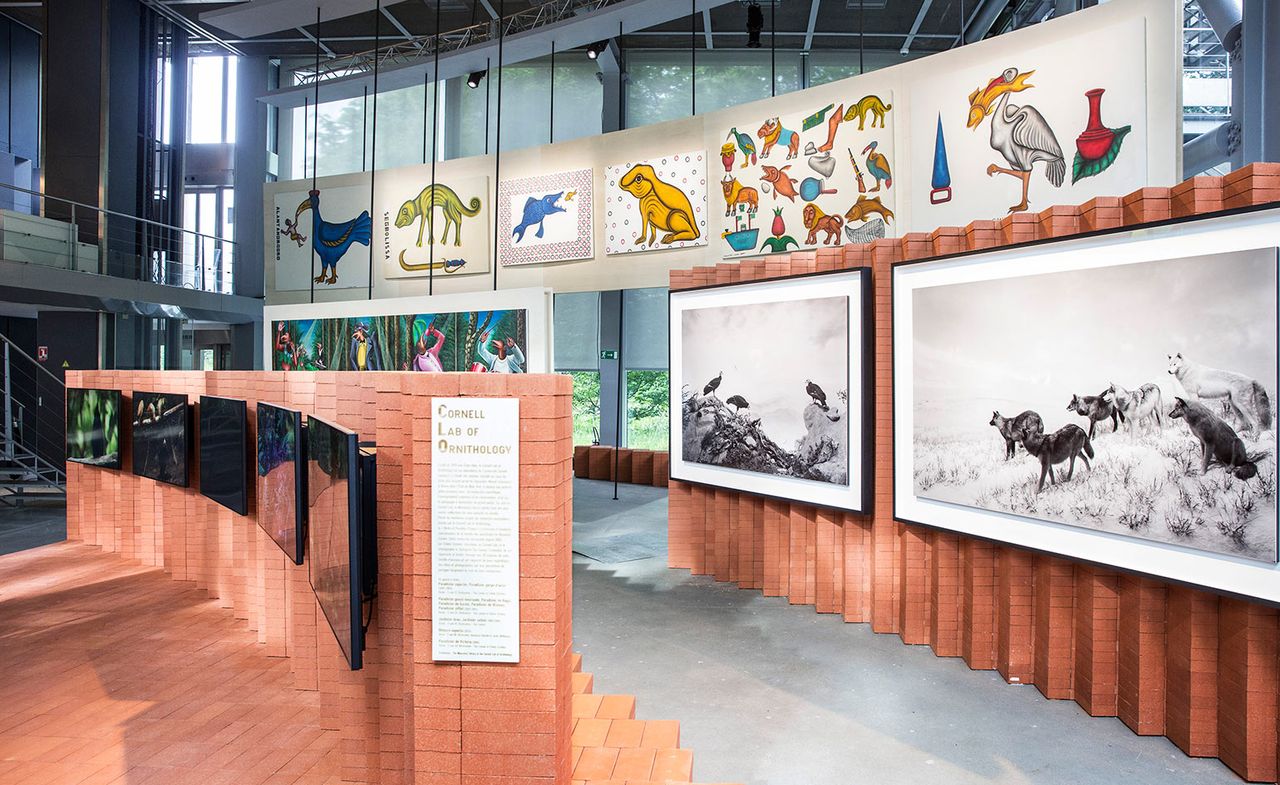
Conductor, long-time musician and recording engineer Bernie Krause presents a new exhibition and sound installation at Fondation Cartier in Paris. With 'The Great Animal Orchestra', his scientific work is repositioned within an artistic construct. Pictured: installation view.
If the accepted definition of an orchestra is an ensemble of musicians playing a variety of instruments, a new exhibition at the Fondation Cartier makes the case that animals in their natural habitats are an orchestra of the purest form. Its conductor – or perhaps more accurately, its conduit – is Bernie Krause, a long-time musician, recording engineer and producer who has been collecting and archiving the sounds of creatures in the wild since 1968. As a pioneer in soundscape ecology, he is credited with the notion of a ‘biophony’ or ‘niche hypothesis’ – the collective sound produced by animals carving out their particular acoustic niche in a given environment.
EXCLUSIVE: listen to Krause’s recording from Mungwezi Ranch, Gonarezhou National Park, Zimbabwe
With 'The Great Animal Orchestra', which also happens to be the name of his recently published book, Krause's scientific work is positioned within a more artistic (but no less relevant) construct. The exhibition gathers together a diverse group of artists (Cai Guo-Qiang, Hiroshi Sugimoto, Adriana Varejão and Agnès Varda, among others) who have created works from these soundscapes. But Krause’s recordings are the main attraction, in part because the 77-year-old’s selection of audio segments have been married to dynamic visual sequences commissioned by the Fondation Cartier and executed by London-based creative studio, United Visual Artists.
The installation can be found in the building’s darkened lower level, where his biophanies from North America, the Amazon, the Dzanga-Sangha Reserve in the Central African Republic and the oceans are optimised as an immersive experience far removed from the source material. Here, the unintended music of crows, Eastern wolves, blue jays and squirrels from Algonquin Park, Canada – as one example – appears as both a graphic of flashing red light and a streaming projection of digital information interpreted from a spectrogram. Along with a shallow reflecting pool, which translates the deepest sounds as rippling water, the combined visuals translate frequency, intensity, duration and possibly even communication in an evocative way. Without any images of animals, the effect becomes one of comparison. The clicking noises from a whale might conjure up an MRI machine; the howling wolves sound like sirens; chirping cicadas might have inspired electronic dance music. Then comes the irony that these comparisons reinforce an anthropocentric view – as humans, we’re often just mimicking the natural world.
Despite the fact that the animals are communicating freely without any direction, Krause refers to the 12-minute recordings as ‘compositions’, since they exist within a timeframe. Further, he notes how these limited critter voices have 'evolved to find their acoustic niche where there is enough bandwidth to express themselves to both transmit and receive information in a way that's going to support their existence'. The streaming spectrograms, he says, makes this clear.
When asked whether the digital depictions – both recordings and visuals – take us deeper into nature or suggest an abstracted experience, Krause’s straightforward reply is both. ‘It has its origin in the natural world. But it's obviously an illusion, because what's taken from Algonquin Park is now in Paris. And that's a bit of a stretch,’ he tells Wallpaper*.
But within the abstractions is a sobering truth: these sumptuous biophonies are changing as habitats become increasingly threatened – or, in extreme cases, no longer exist. Biodiversity is diminishing but also, as he observed from birds near his home 80km north of San Francisco, their sounds are no longer the same. This makes his recordings (currently obtained using a portable Sound Devices 722 or 744 recorder and Sennheiser MKH microphones) even more valuable, and why visiting cities can feel so enervating. ‘I hear the wild critters that live in a city struggling for purchase. And in the natural world, that's not the case,’ he explains. ‘They all have to find their niche again, whether it's a physical niche or an acoustic one.’
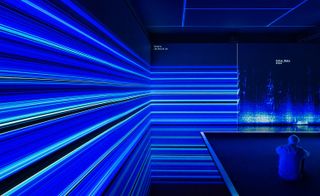
Krause has been collecting and archiving the sounds of creatures in the wild since 1968. As a pioneer in soundscape ecology, he is credited with the notion of a ‘biophony’ or ‘niche hypothesis’ – the collective sound produced by animals carving out their particular acoustic niche in a given environment.
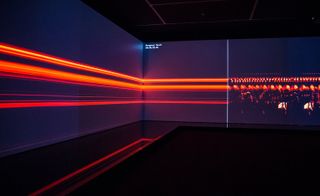
The 77-year-old Krause's selection of audio segments have been married to dynamic visual sequences commissioned by the Fondation Cartier and executed by London-based creative studio, United Visual Artists.
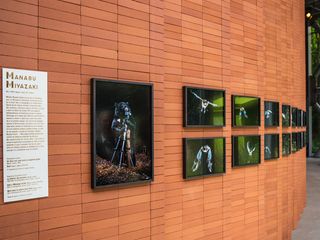
This exhibition gathers together a diverse group of artists who have created works from and in response to Krause's soundscapes. Pictured: installation view.
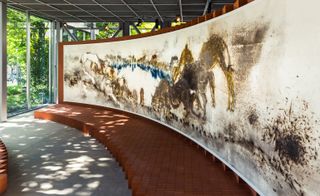
The artists featured include Cai Guo-Qiang, Hiroshi Sugimoto, Adriana Varejão and Agnès Varda, among others.
INFORMATION
’The Great Animal Orchestra’ is on view until 8 January 2017. For more information, visit the Fondation Cartier pour l’art contemporain website
Photography courtesy Lumento
Wallpaper* Newsletter
Receive our daily digest of inspiration, escapism and design stories from around the world direct to your inbox.
ADDRESS
Fondation Cartier
261 Boulevard Raspail
Paris, 75014
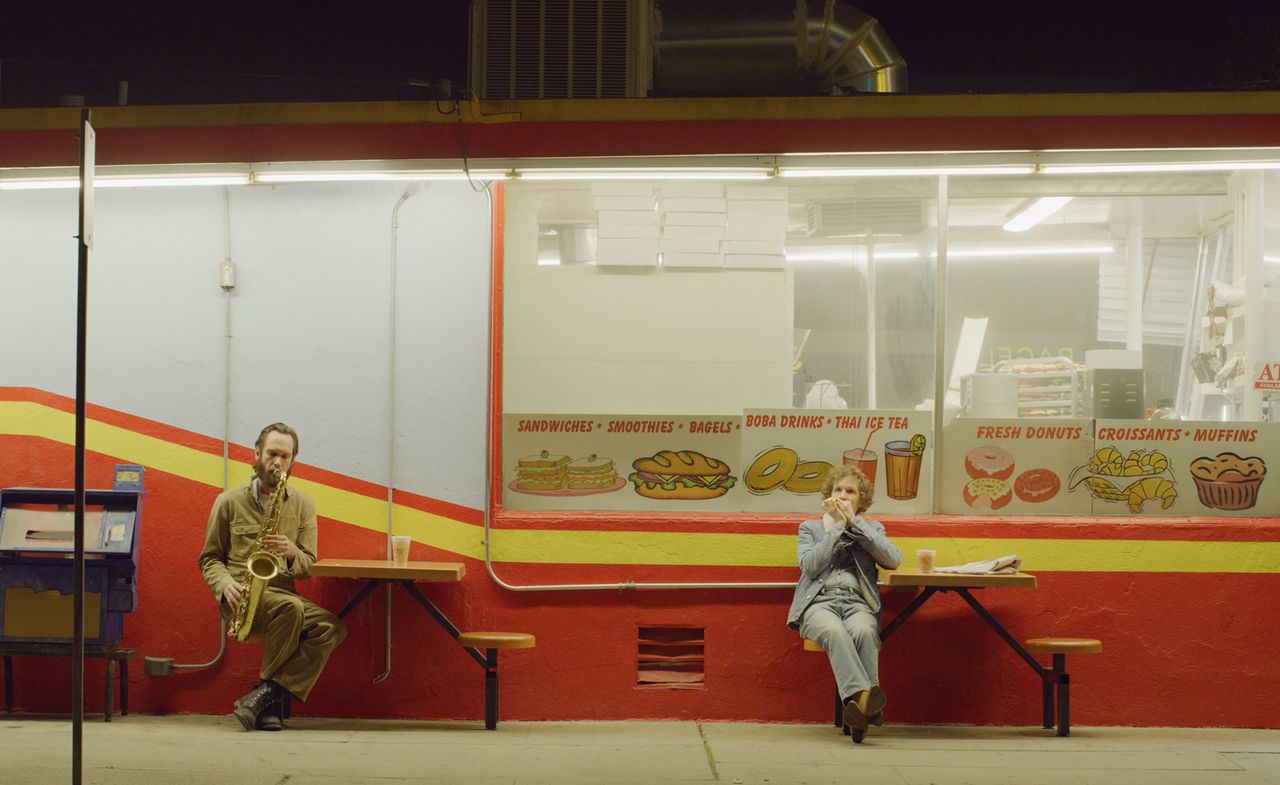
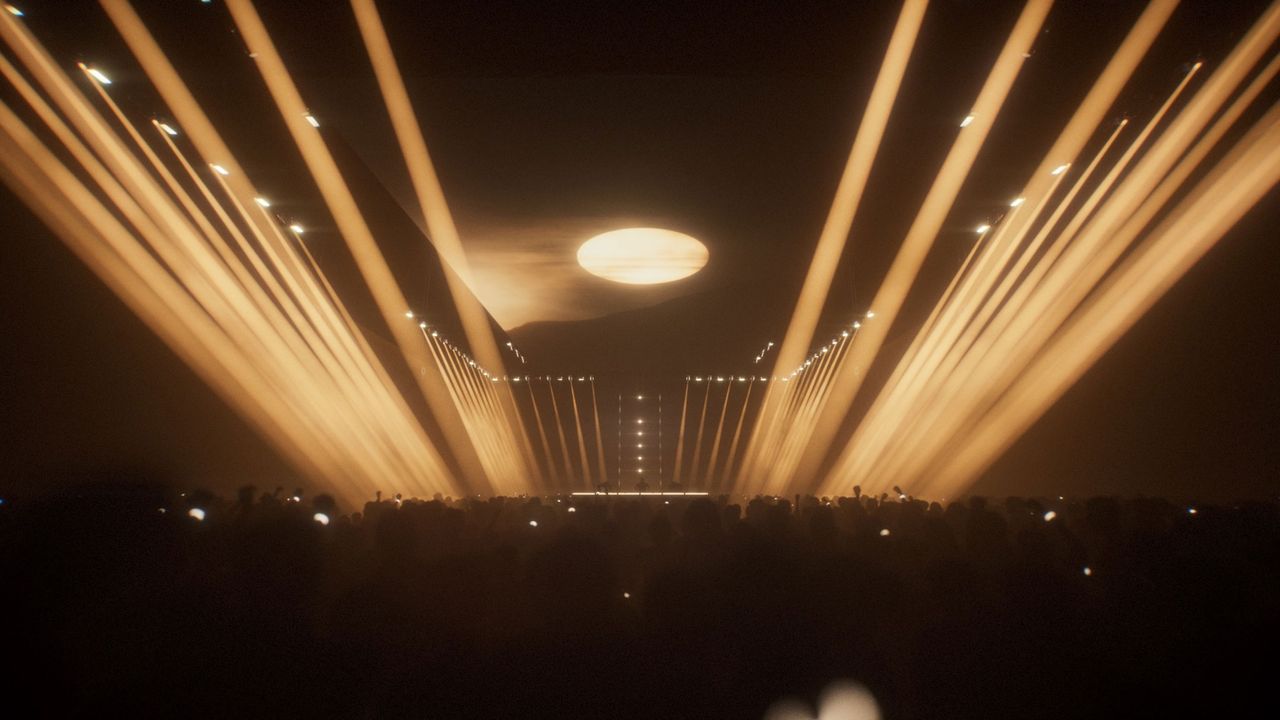
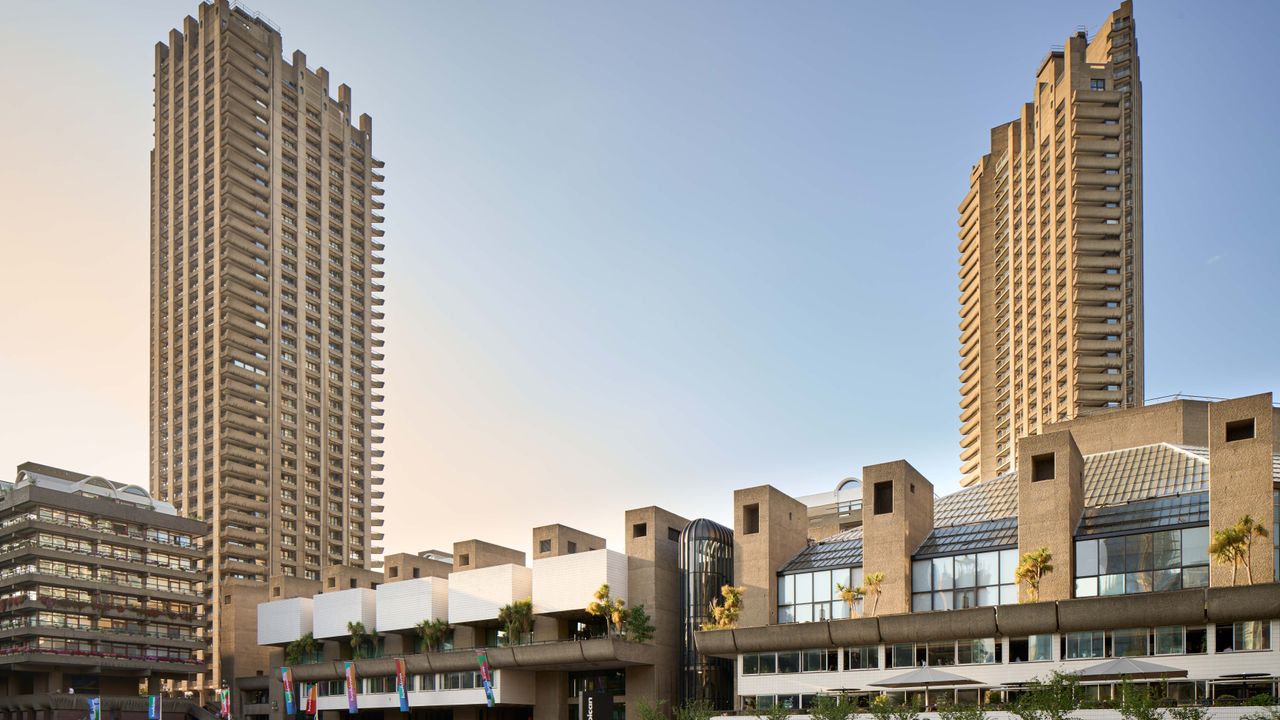
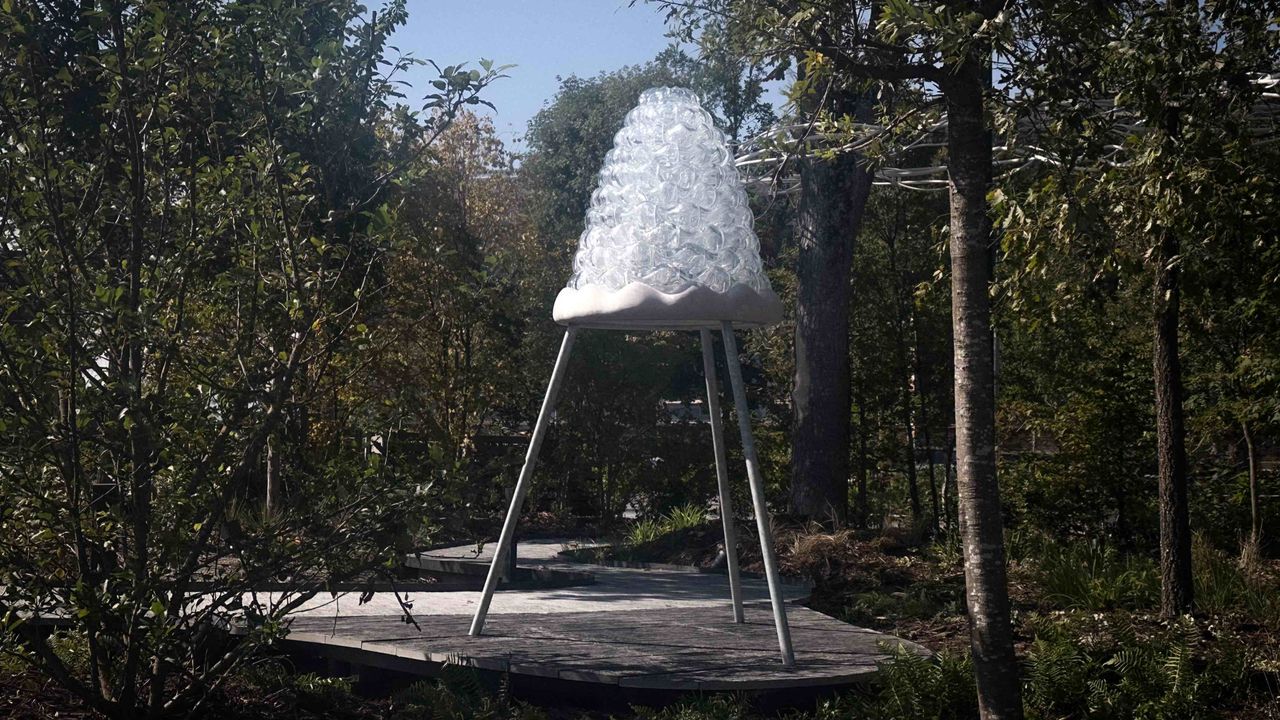

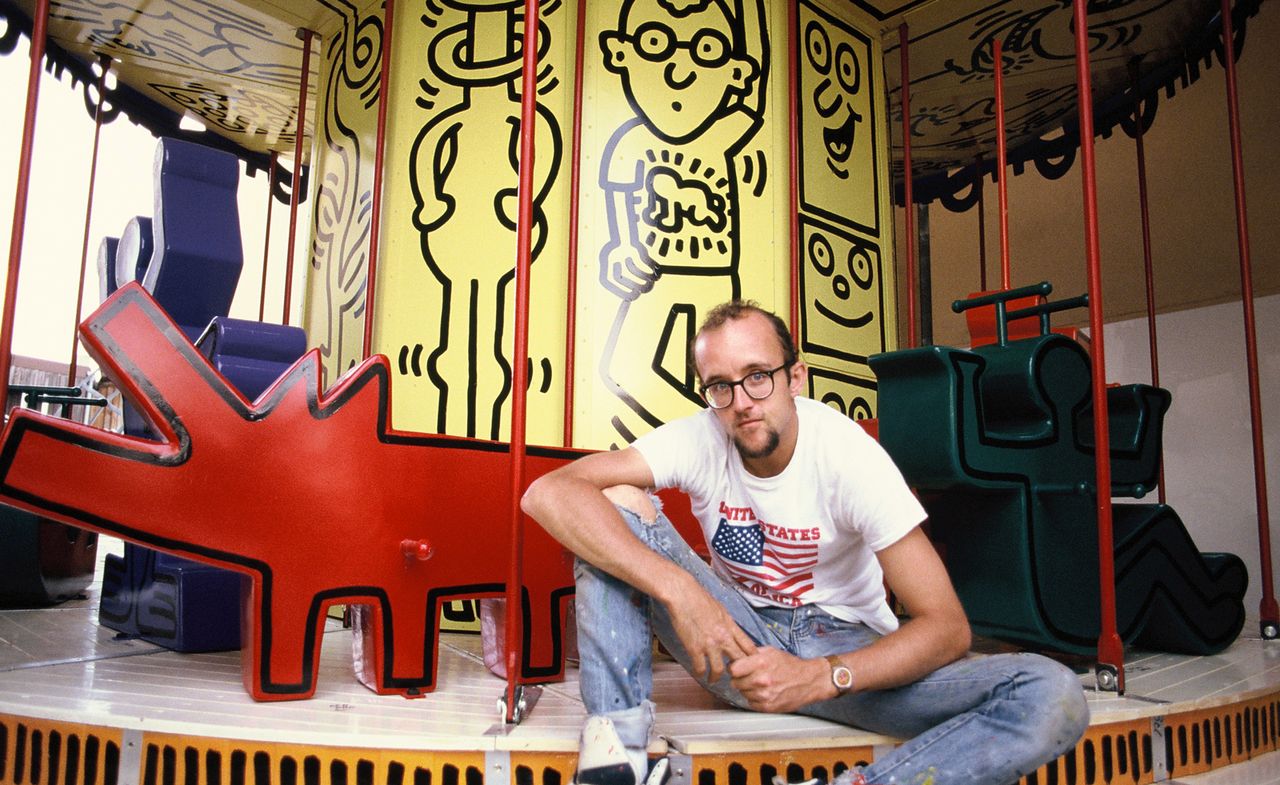

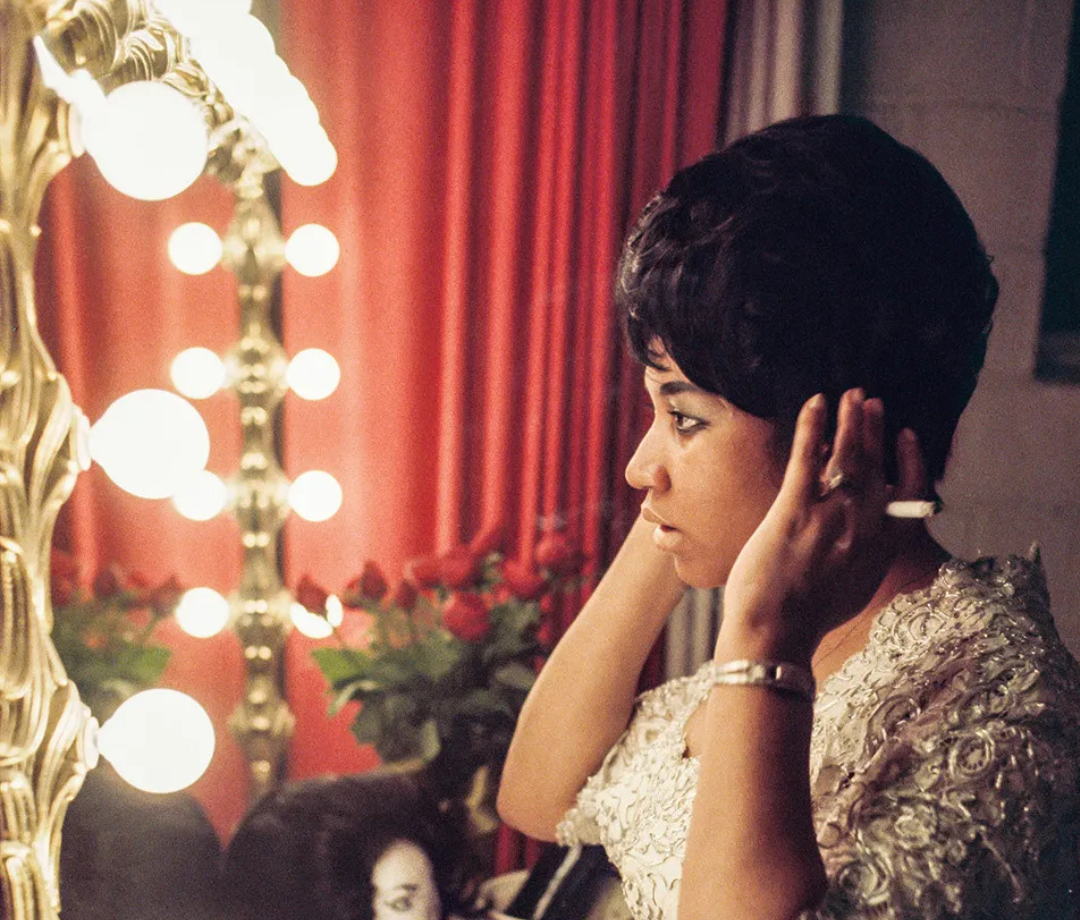
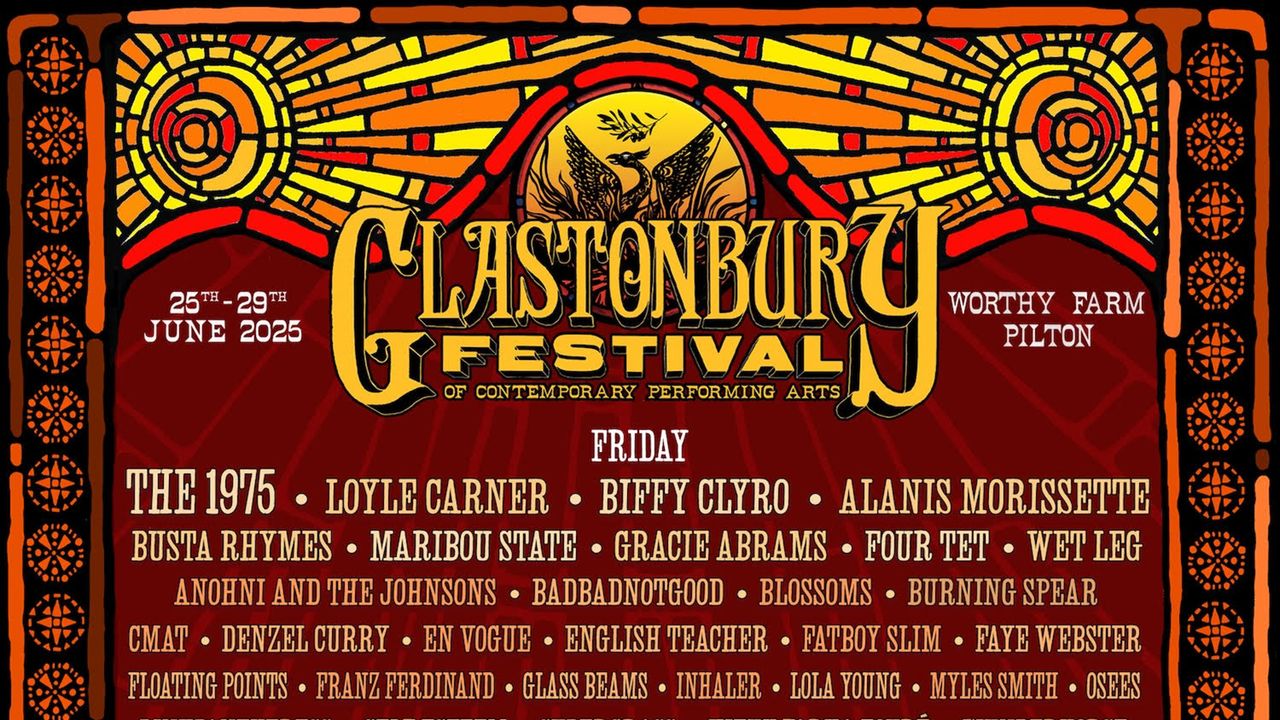
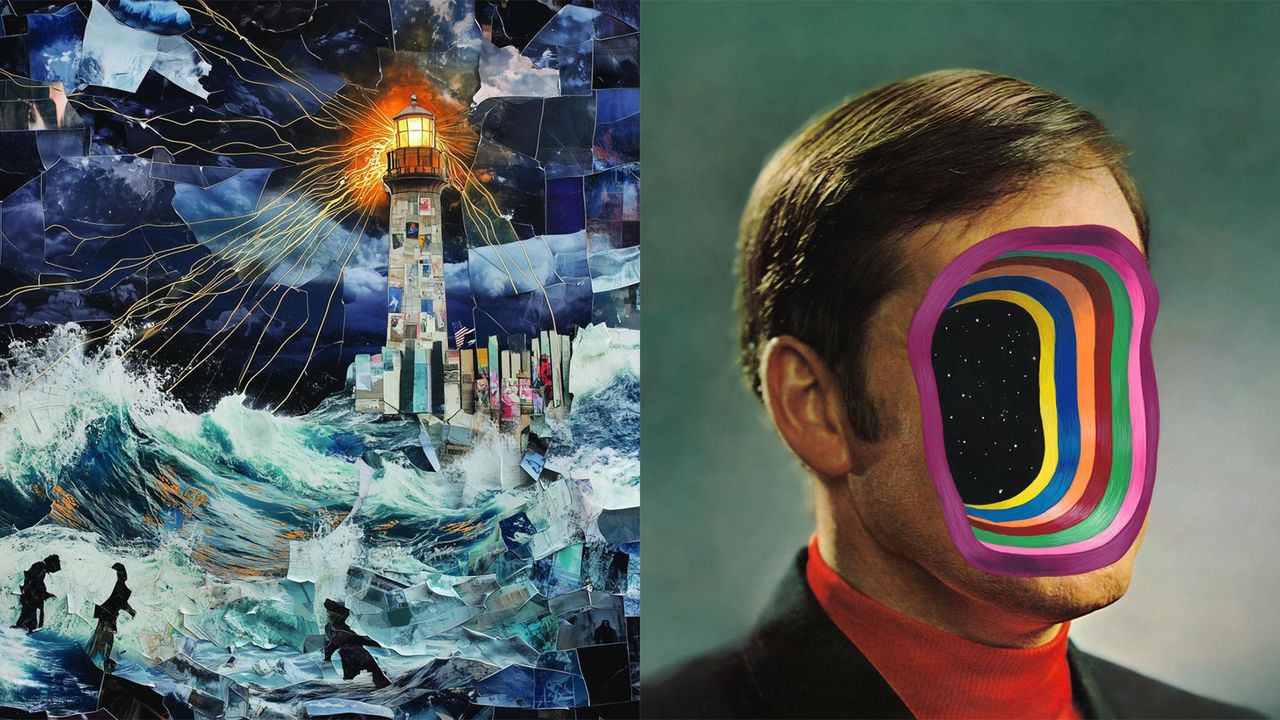
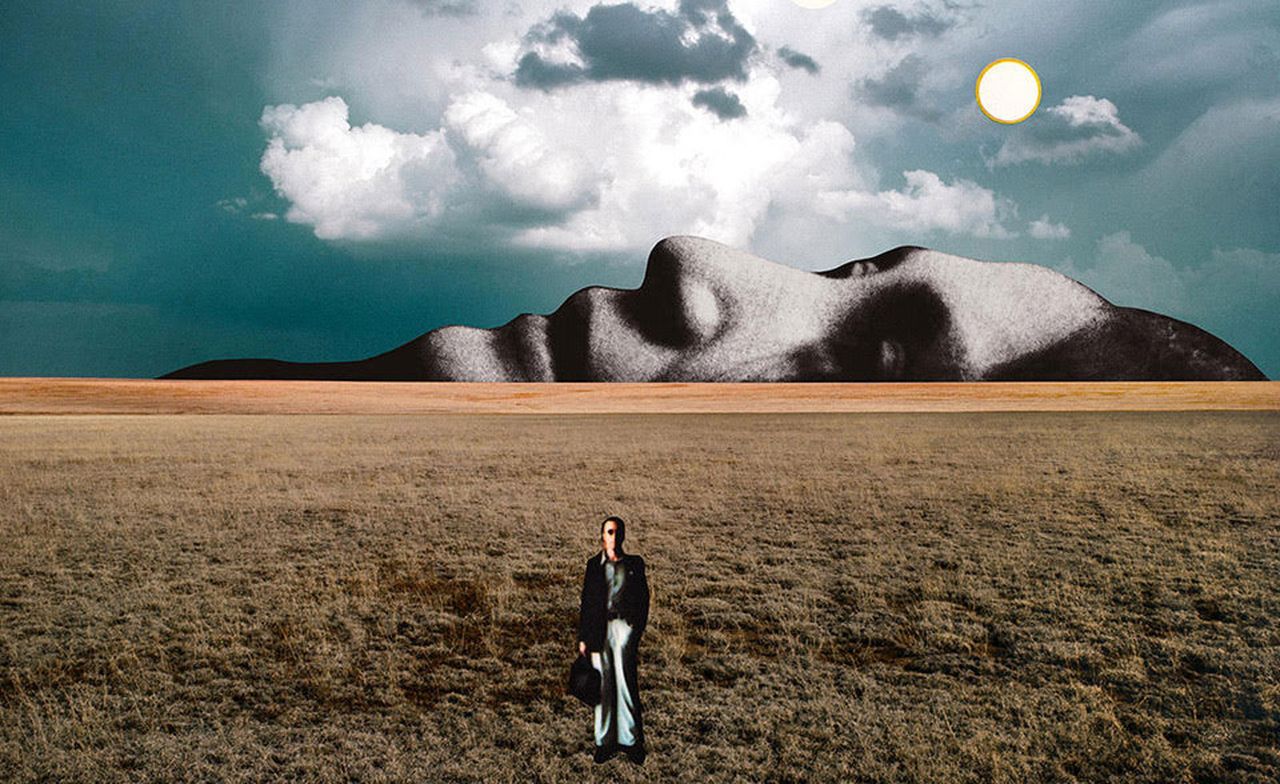
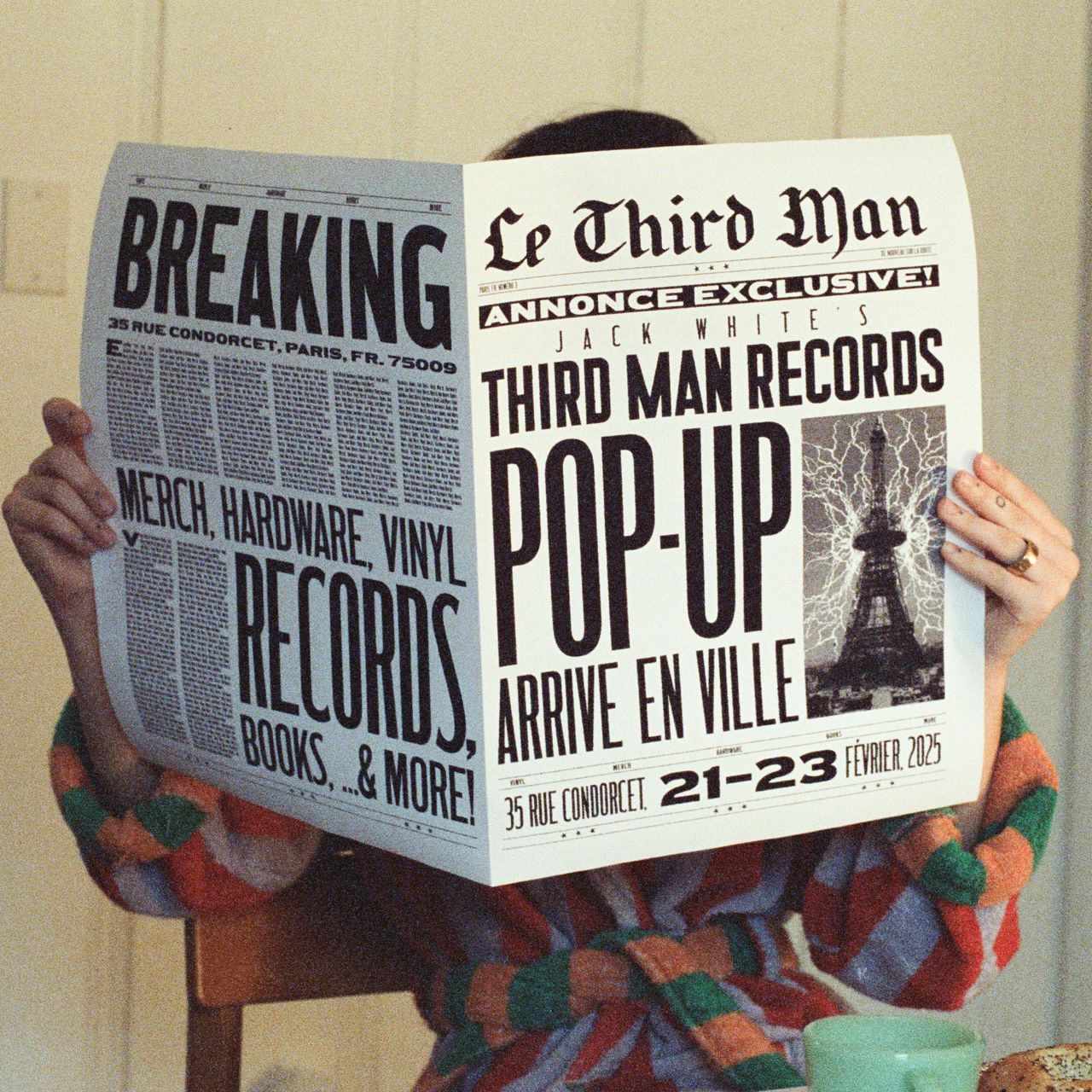
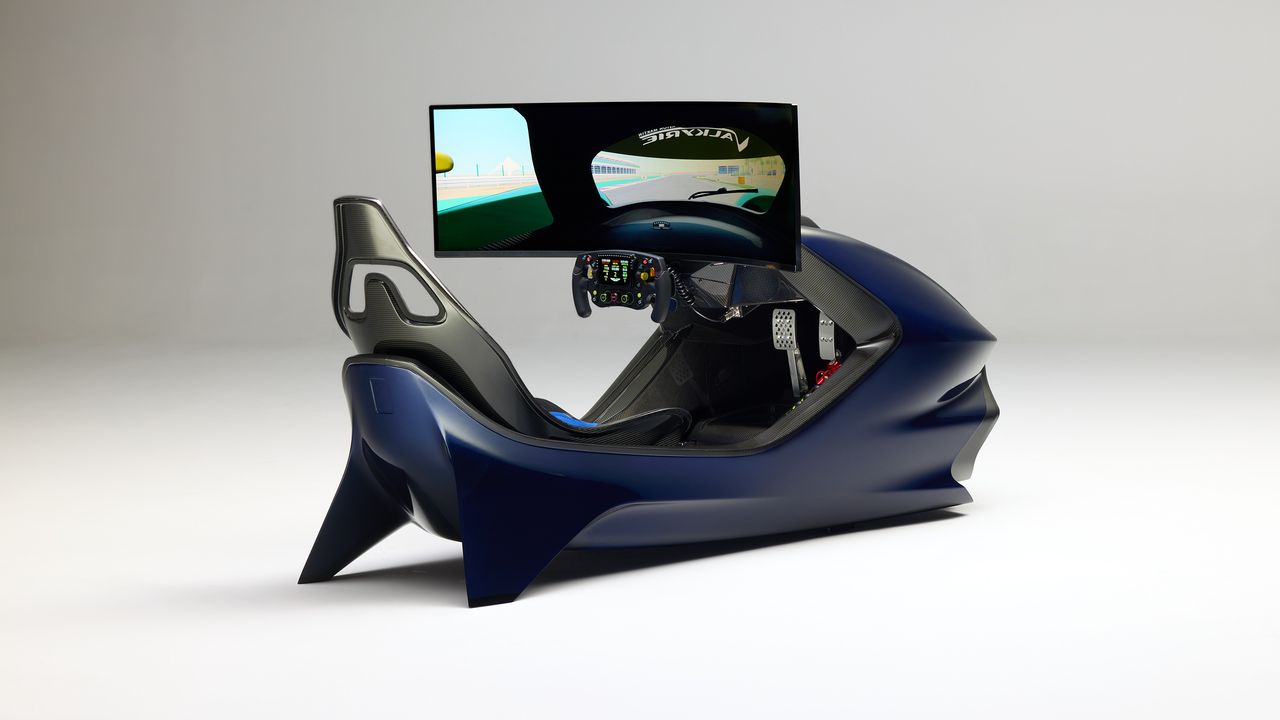
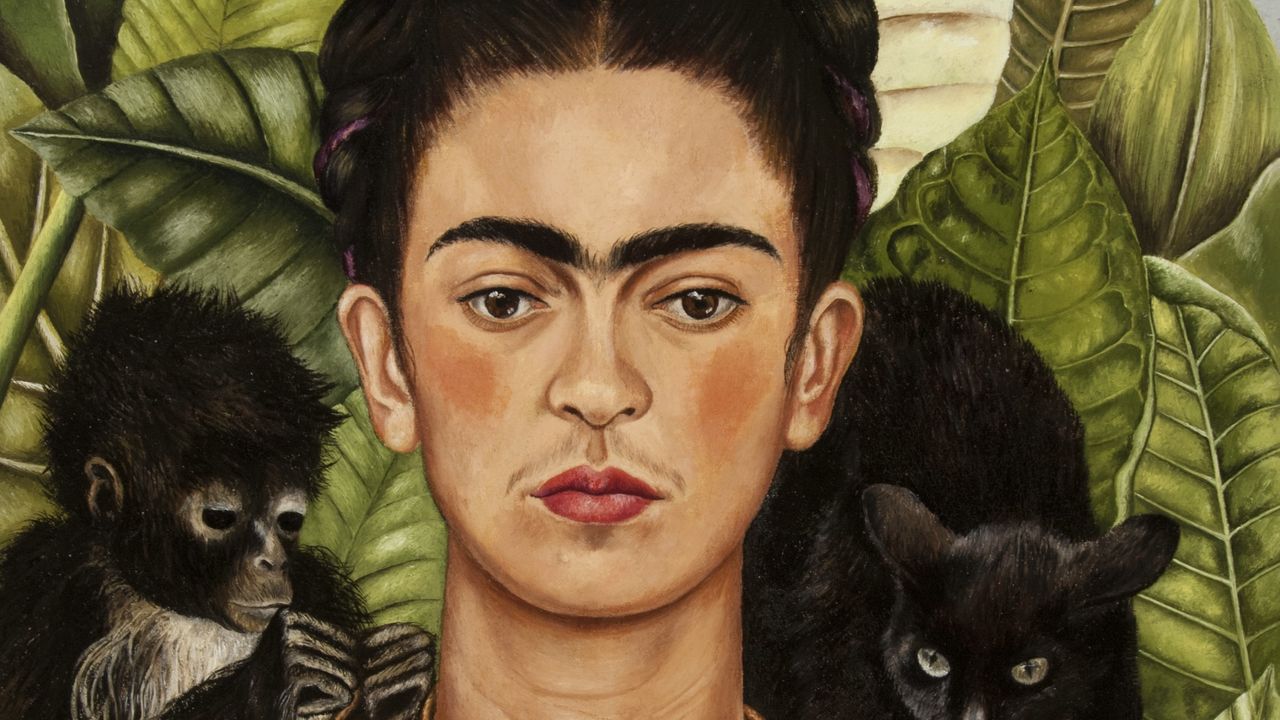
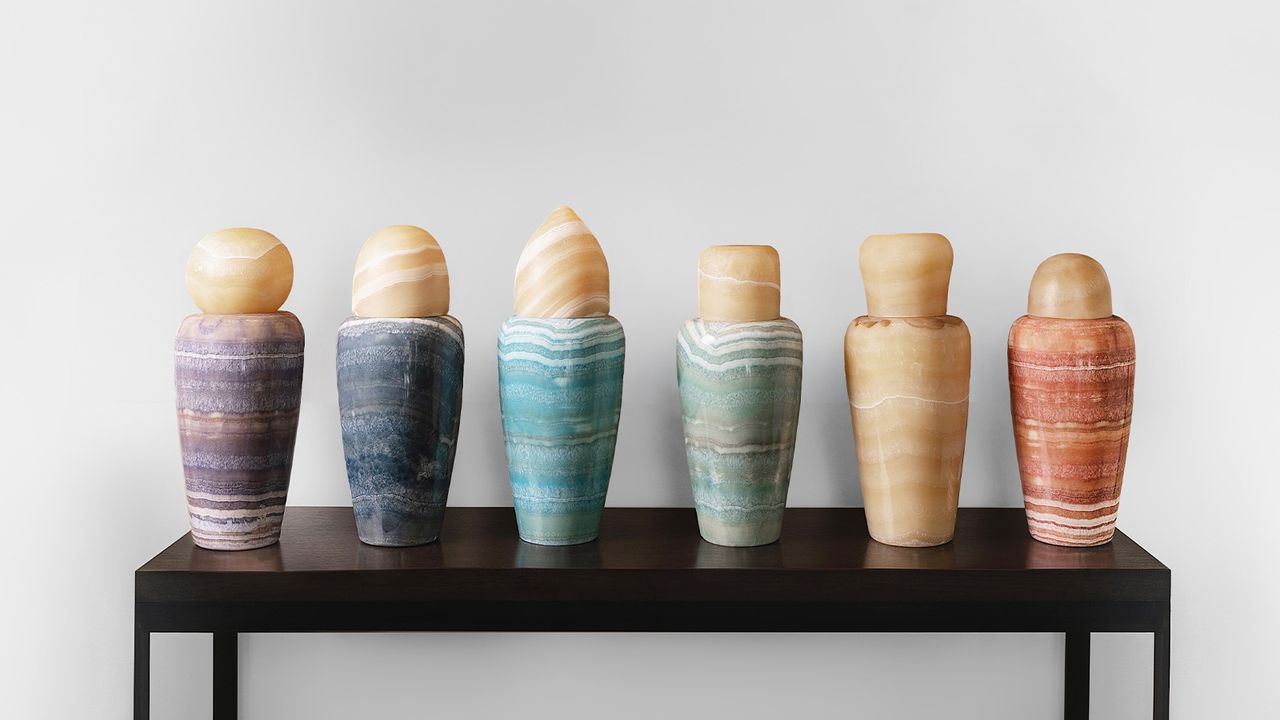
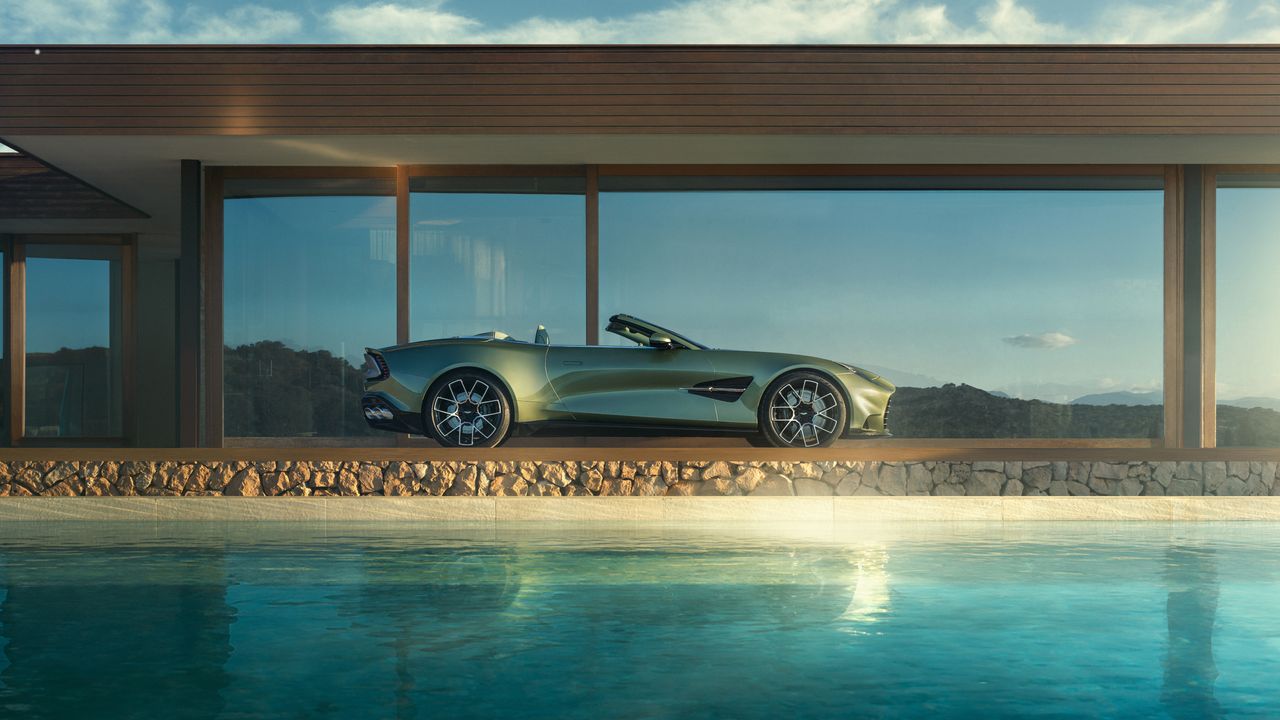


-
 Jack White's Third Man Records opens a Paris pop-up
Jack White's Third Man Records opens a Paris pop-upJack White's immaculately-branded record store will set up shop in the 9th arrondissement this weekend
By Charlotte Gunn Published
-
 The Chemical Brothers’ Tom Rowlands on creating an electronic score for historical drama, Mussolini
The Chemical Brothers’ Tom Rowlands on creating an electronic score for historical drama, MussoliniTom Rowlands has composed ‘The Way Violence Should Be’ for Sky’s eight-part, Italian-language Mussolini: Son of the Century
By Craig McLean Published
-
 ‘The Black woman endures a gravity unlike any other’: Pharrell Williams explores diverse interpretations of femininity in Paris
‘The Black woman endures a gravity unlike any other’: Pharrell Williams explores diverse interpretations of femininity in ParisPharrell Williams returns to Perrotin gallery in Paris with a new group show which serves as an homage to Black women
By Amy Serafin Published
-
 What makes fashion and art such good bedfellows?
What makes fashion and art such good bedfellows?There has always been a symbiosis between fashion and the art world. Here, we look at what makes the relationship such a successful one
By Amah-Rose Abrams Published
-
 Architecture, sculpture and materials: female Lithuanian artists are celebrated in Nîmes
Architecture, sculpture and materials: female Lithuanian artists are celebrated in NîmesThe Carré d'Art in Nîmes, France, spotlights the work of Aleksandra Kasuba and Marija Olšauskaitė, as part of a nationwide celebration of Lithuanian culture
By Will Jennings Published
-
 Out of office: what the Wallpaper* editors have been doing this week
Out of office: what the Wallpaper* editors have been doing this weekInvesting in quality knitwear, scouting a very special pair of earrings and dining with strangers are just some of the things keeping the Wallpaper* team occupied this week
By Bill Prince Published
-
 Tom Wesselmann’s enduring influence on pop art goes under the spotlight in Paris
Tom Wesselmann’s enduring influence on pop art goes under the spotlight in Paris‘Pop Forever, Tom Wesselmann &...’ is on view at Fondation Louis Vuitton in Paris until 24 February 2025
By Ann Binlot Published
-
 Tate Modern to host Aphex Twin listening experience
Tate Modern to host Aphex Twin listening experienceA free listening event for Aphex Twin's reissued album 'Selected Ambient Works II (Expanded Edition)' on the 25th of October
By Smilian Cibic Published